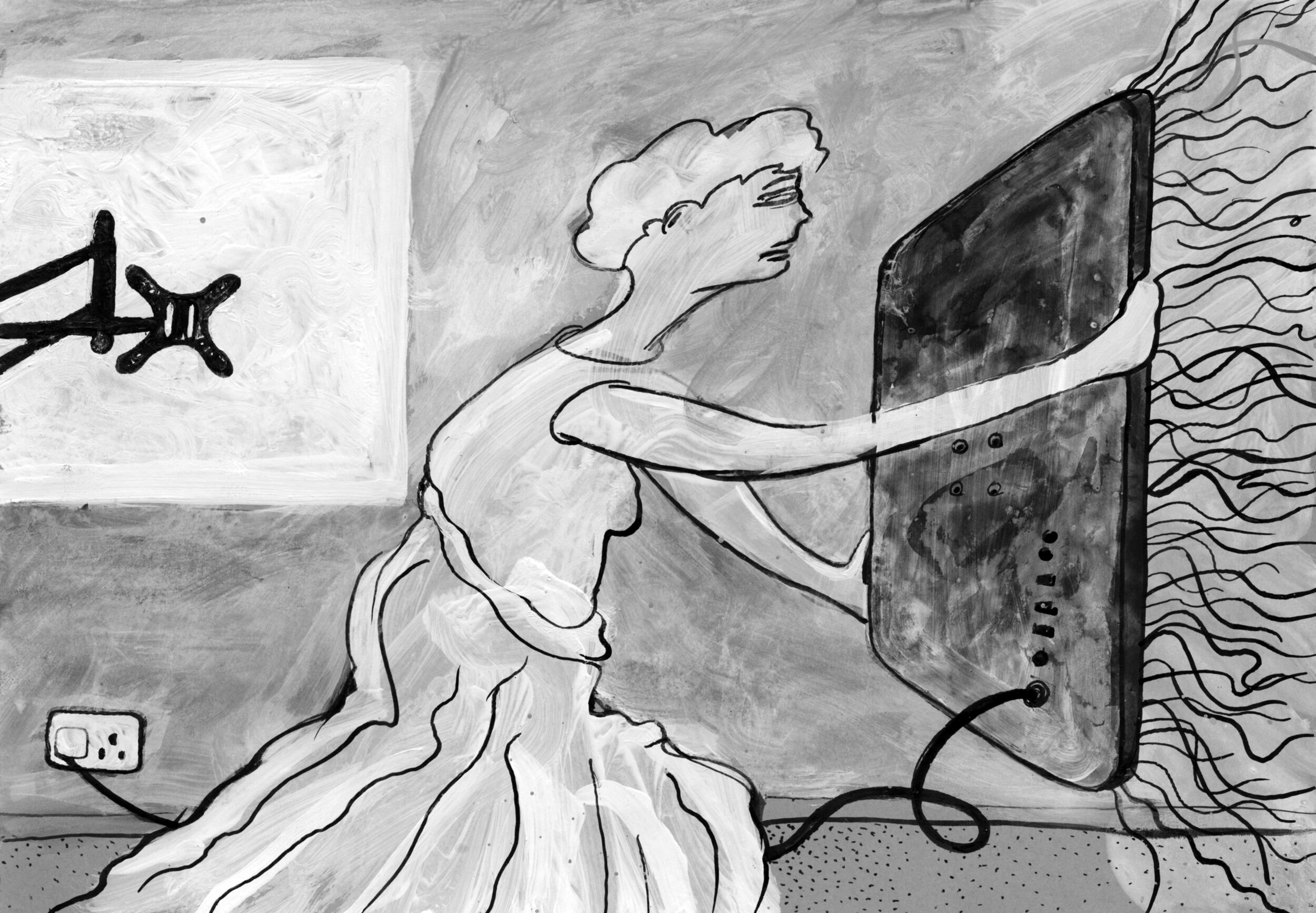Silver stain is a paint made from silver nitrate that turns some glass yellow when fired. It has been used for glass painting since the fourteenth century and it gave stained glass its name. I’ve written about my love of silver stained windows previously on my blog here. In my own work I usually use enamel when I want a transparent yellow, but below are two examples which show the great advantage of silver stain which is that you can put it on the back of the glass (you can’t do this with enamel as it sticks to whatever you lay the glass on in the kiln) and get a layered look.
Hillside from 1983 and Kelmscott Manor from 2014.
I haven’t bought any silver stain for years, but I have eight pots of it - all differently labelled - that I have acquired from various places over the years. I made a small panel out of my colour samples (below left) which included a strip of silverstain painted on the back and front of the glass - see how the metallic elements on the tin side of float glass change the pale yellow to amber. I also made some larger sheets to cut up (below right), failing to match the colours and textures that I achieved in the first piece I painted which is the tallest one on the left of the photo.
Leaded panel using colour samples with silver stain across the middle and sheets of silver stain in the window.
So I thought it was about time to test and label my eight silver stains. The variations in colour are shown below where I have put all the pieces together on the lightbox. I’ve used 6mm and 2mm float glass, testing how each stain changed on a sandblasted surface, on the tin side, when the painted surface is put up or down in the kiln, and whether the colour is better when fired at a lower temperature. As shown below, I can get pretty much any shade of yellow, ochre and brown that I want, and in combination with enamels on the other side of the glass I will be able to make any colours in the red, orange and green ranges too.









